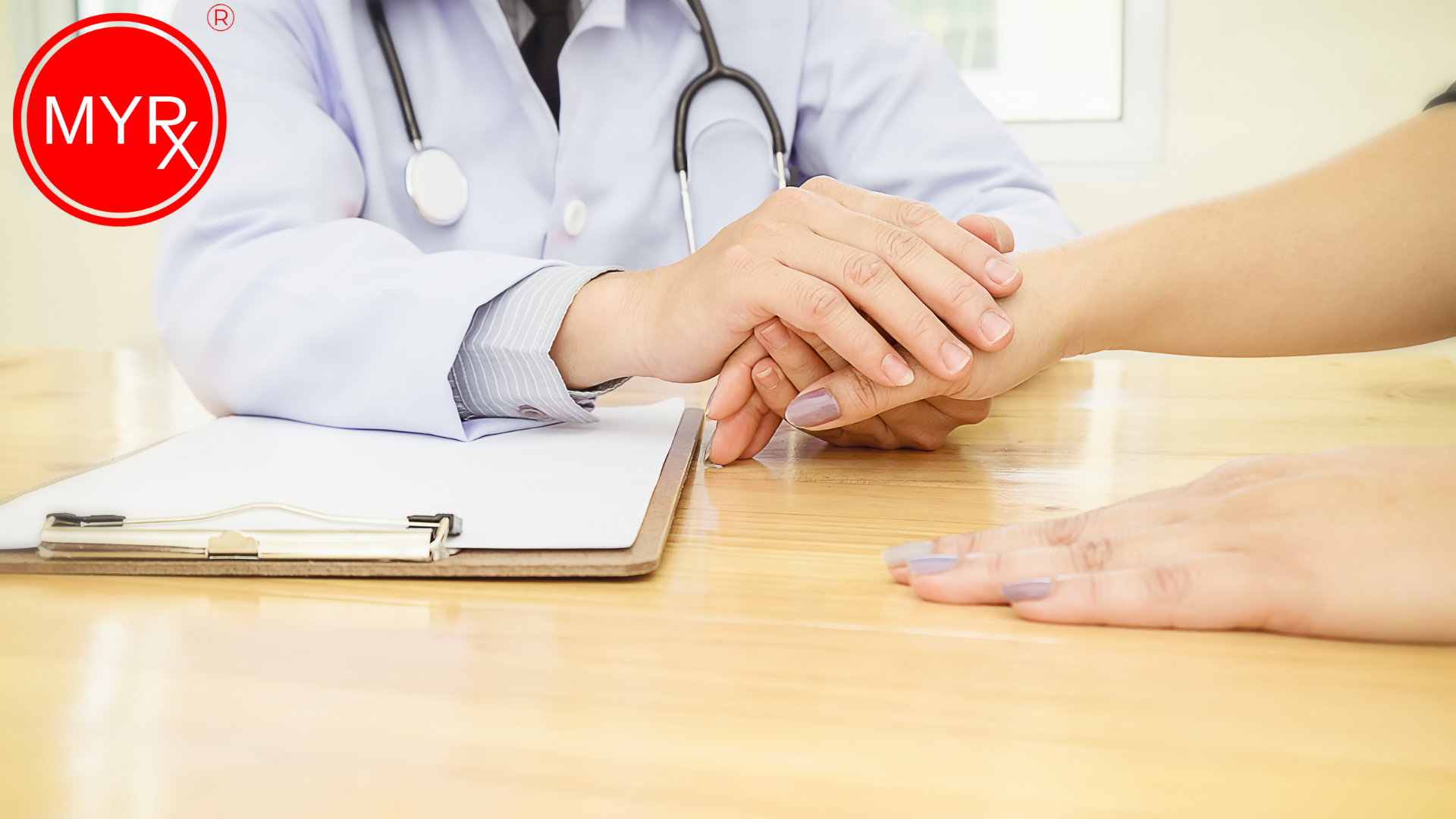
Transforming Healthcare with Internet of Things (IoT) Technology: Enhancing Patient Care and Remote Monitoring
Introduction
The Internet of Things (IoT) has the potential to revolutionize healthcare by connecting devices, sensors, and systems to enable seamless data exchange and communication. By integrating IoT technology into healthcare workflows, patient care can be enhanced, and remote monitoring can be made more effective. In this article, we will explore the transformative impact of IoT in healthcare and how it is improving patient care and enabling remote monitoring for better health outcomes.
Remote Patient Monitoring:
IoT devices enable remote patient monitoring, allowing healthcare providers to gather real-time data on patients' vital signs, activity levels, medication adherence, and more. This continuous monitoring helps detect early signs of deterioration, facilitates proactive interventions, and reduces hospital readmissions. Patients can receive personalized care from the comfort of their homes while maintaining a sense of independence.
Wearable Devices and Health Trackers:
Wearable IoT devices, such as smartwatches and fitness trackers, have gained popularity in monitoring personal health and wellness. These devices can track heart rate, sleep patterns, and physical activity, and even detect falls. By integrating with healthcare systems, wearable devices enable individuals to actively participate in their health management, promoting preventive care and overall well-being.
Smart Home Healthcare:
IoT technology enables the creation of smart homes equipped with connected devices that assist individuals with chronic conditions or disabilities. From smart pill dispensers and automated medication reminders to sensor-based fall detection systems, smart homes enhance safety and promote independent living. Healthcare providers can remotely monitor patients' well-being and intervene when necessary.
Enhanced Medication Management:
IoT-enabled pill dispensers and smart medication adherence systems help patients manage their medication schedules more effectively. These devices can send reminders, dispense medications at the right time, and track adherence patterns. By reducing medication errors and promoting adherence, IoT technology improves patient safety and medication outcomes.
Real-time Data Analytics:
The abundance of data generated by IoT devices presents opportunities for real-time data analytics. Healthcare providers can leverage this data to gain insights into patient health trends, identify patterns, and develop personalized treatment plans. Real-time analytics enable proactive interventions, early detection of complications, and improved decision-making for better patient outcomes.
Streamlined Workflow and Operational Efficiency:
IoT technology streamlines healthcare workflows and enhances operational efficiency. Connected devices can automate tasks such as inventory management, equipment maintenance, and patient registration. IoT-enabled asset tracking systems improve resource utilization and minimize equipment downtime. These advancements free up healthcare providers' time, allowing them to focus more on patient care.
Telemedicine and Remote Consultations:
IoT facilitates telemedicine by enabling remote consultations and virtual healthcare visits. Connected devices, such as video conferencing platforms, remote diagnostic tools, and IoT-enabled stethoscopes, provide healthcare professionals with the ability to examine patients remotely. Telemedicine expands access to care, especially for individuals in remote areas or with limited mobility.
Conclusion
The Internet of Things (IoT) is transforming healthcare by enabling remote patient monitoring, enhancing medication management, and improving operational efficiency. IoT devices and systems provide real-time data, facilitating proactive interventions, personalized care, and improved patient outcomes. As IoT technology continues to evolve and integrate with healthcare systems, the potential for enhanced patient care, remote monitoring, and preventive healthcare is vast. By harnessing the power of IoT, healthcare providers can deliver more efficient, effective, and patient-centered care, ultimately leading to a healthier population.